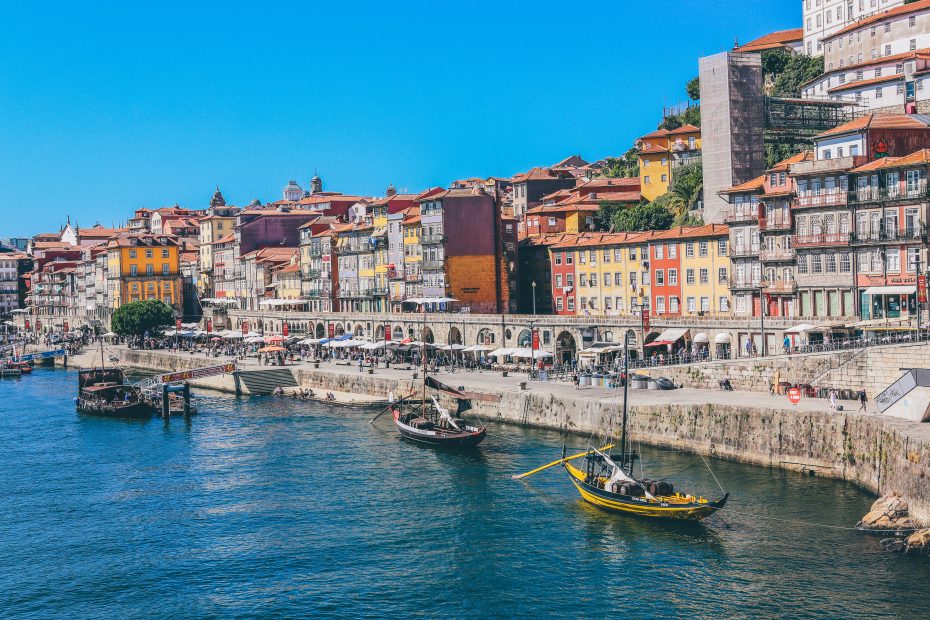Table of Contents
Introduction
Portugal is a beautiful country located on the Iberian Peninsula in southwestern Europe. It has a rich history and culture dating back to ancient times when it was part of the Roman Empire. From its golden Age of Discovery in the 15th and 16th centuries to the modern day, Portugal has much to offer visitors. This article will highlight some of the hidden gems and cultural treasures waiting to be discovered in Portugal.
Lisbon
As the capital and largest city, Lisbon is a must-visit destination. The historic Alfama district dates to Moorish times with winding streets and authentic fado bars. The iconic Belem Tower stands guard over the Tagus River. For royalty lovers, Pena Palace in the Sintra mountains dazzles with vivid colors and extravagant architecture.
Porto
The coastal city of Porto charms with its riverside Ribeira district lined with colorful houses. Port wine fans can tour the cellars across the Douro River in Vila Nova de Gaia. For religious history, the imposing Sao Francisco Church has an opulent gilded interior.
Sintra
In the hills outside Lisbon lies the fairy tale town of Sintra. The whimsical Pena Palace looks like a castle in the clouds. The mystical Quinta da Regaleira gardens has secret grottos and underground tunnels to explore. Cape Cabo da Roca is mainland Europe’s westernmost point.
Algarve
Sun seekers flock to the southern Algarve region with its Mediterranean climate. Lagos offers stunning cliffs and grottos at Ponta da Piedade along with a lively historic center. Peaceful Tavira has a lovely riverside setting and old Roman bridge.
Azores Islands
Far out in the Atlantic Ocean, the Azores are an autonomous region of Portugal. Sete Cidades has twin lakes inside a volcanic crater on Sao Miguel Island. On Terceira Island, Furnas Valley has bubbling volcanic thermal springs. Hikers can trek to the Lagoa do Fogo crater lake on Sao Miguel.
Madeira Islands
This archipelago closer to Africa than Europe is known for its flowers, wine, and rugged landscape. The island capital Funchal charms with its harborfront. Lush Monte Palace Tropical Garden contains thousands of exotic plants. Daredevils walk along the glass skywalk extending from the cliffs at Cabo Girao.
Coimbra
This historic university city offers steep cobblestone lanes and medieval architecture. The prestigious Old University of Coimbra has ancient courtyards and Stately ceremonial halls. Adjoining it is the ornate Joanina Library, one of Europe’s most beautiful. Downstream, the eerie Monastery of Santa Clara-a-Velha sits partially flooded after the river shifted.
Evora
In south-central Portugal, Evora was declared a UNESCO World Heritage Site for its well-preserved old town. The Roman Temple of Evora still stands after almost 2,000 years. Made entirely from human bones, the macabre Bone Chapel is worth a visit. Wandering the historic center transports you back in time.
Braga
Northern Portugal’s Braga has deep religious roots as an ancient Archdiocese. The magnificent Bom Jesus do Monte sanctuary includes a church, fountains, and scenic stairway. Grand Sameiro Sanctuary overlooks the city with hilltop views. The impressive Braga Cathedral took over 500 years to complete.
Conclusion
Portugal truly offers everything an adventurous traveler could want – captivating cities, quaint villages, sunny beaches, imposing castles, enchanting palaces, rolling vineyards, and natural wonders. Venture beyond the hotspots and be rewarded with memorable discoveries in this gem of a country. As Portugal’s famous poet Fernando Pessoa said, “To travel is to discover that everyone is wrong about other countries.” Keep an open mind, and let Portugal’s hidden treasures reveal themselves to you.
FAQs
What is Portugal best known for?
Portugal is best known for port wine from Porto, the capital city Lisbon, the beaches of the Algarve, azulejo painted tiles, and as the birthplace of explorer Vasco da Gama.
What is the best time of year to visit Portugal?
The best time to visit Portugal is in spring (March to May) or fall (late September to October) when the weather is mild and crowds are smaller than summer.
What are the Azores Islands?
The Azores are an archipelago of nine volcanic islands in the Atlantic Ocean that belong to Portugal. They offer remote getaways with green landscapes and natural thermal pools.
What is Portuguese cuisine like?
Portuguese cuisine relies heavily on fresh seafood, hearty breads and soups, cured pork like presunto ham, Portuguese wines, and traditional pastries like pastel de nata custard tarts.
What are three off-the-beaten-path destinations in Portugal?
Three underrated spots in Portugal include Coimbra, Evora, and the Madeira Islands. Most tourists stick to Lisbon and Porto, but these historical cities and the rugged Madeira Islands provide a more authentic experience.
